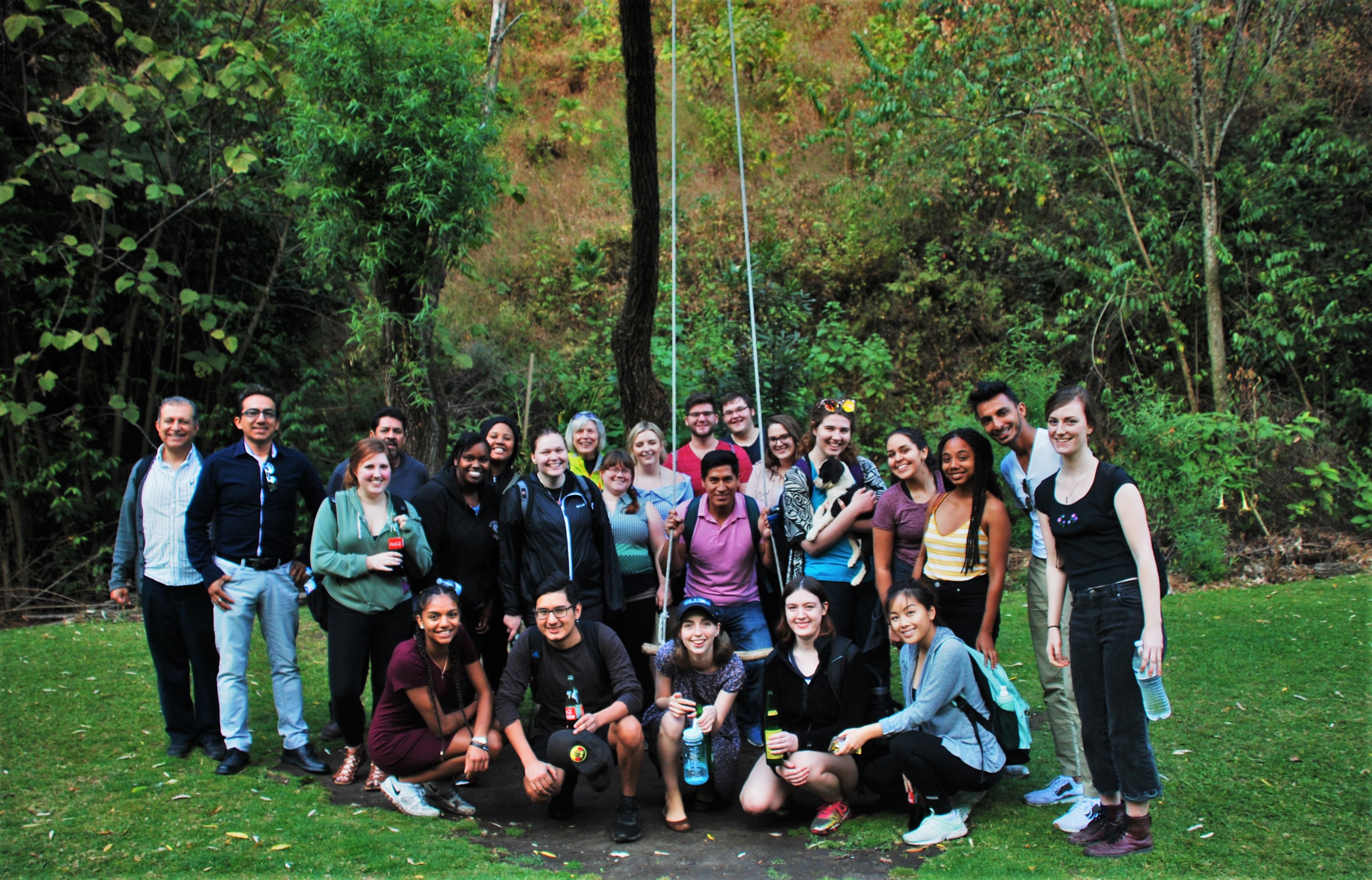Known as the “City of Eternal Springtime,” Cuernavaca has long been renowned for its natural beauty. In our Eco-Tour of the city, we were able to explore some of the city’s springs and ravines. Led by a local community leader and environmental activist, we were able to see the ways that the city’s natural resources have been affected by human activity. The difference between the two ravines we toured were shocking: one was pristine, preserved, and breathtakingly beautiful, and the other was devastatingly polluted. After seeing the damage that an urban population’s waste and sewage could do, we met with the proprietor of a recycling center, one of many Mexicans working toward a cleaner environment.
According to 2010 estimates, the population of Cuernavaca was approximately 340,000 people. Our tour guide explained that Cuernavaca’s population grew out of control after the 1985 earthquake, which devastated many rural areas and pushed many residents into the cities. The city’s urban plan was not prepared for this population growth, and there was no system in place to manage the waste and sewage from all of these new residents. As a result, pollution found its way into the ravines the city depended on. Our tour of Salto San Antón showed exactly what these damages were: a ravine that once provided water for many residents and a tourist attraction to the majestic waterfalls was filled with trash and greenish brown water.
Our tour guide stressed the importance of change on a societal level to prevent these problems. He also spoke of a former mayor of Cuernavaca who attempted to pass many environmental protections for the creek. These protections were rolled back by his successors who did not recognize the importance of protecting the city’s natural resources. Additionally, our conversations with the director of a local recycling collection center revealed that government support for recycling projects has been eliminated in recent years. Our experience on the eco-tour allowed us to realize and validate the importance of preserving natural resources, both to protect the planet and the livelihoods of the people who rely on their environment on a daily basis.


